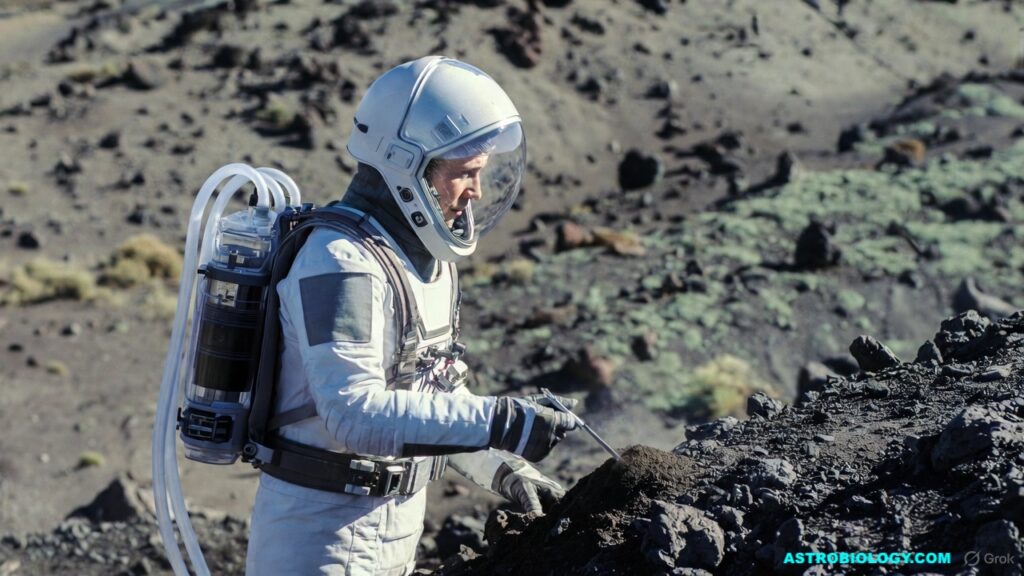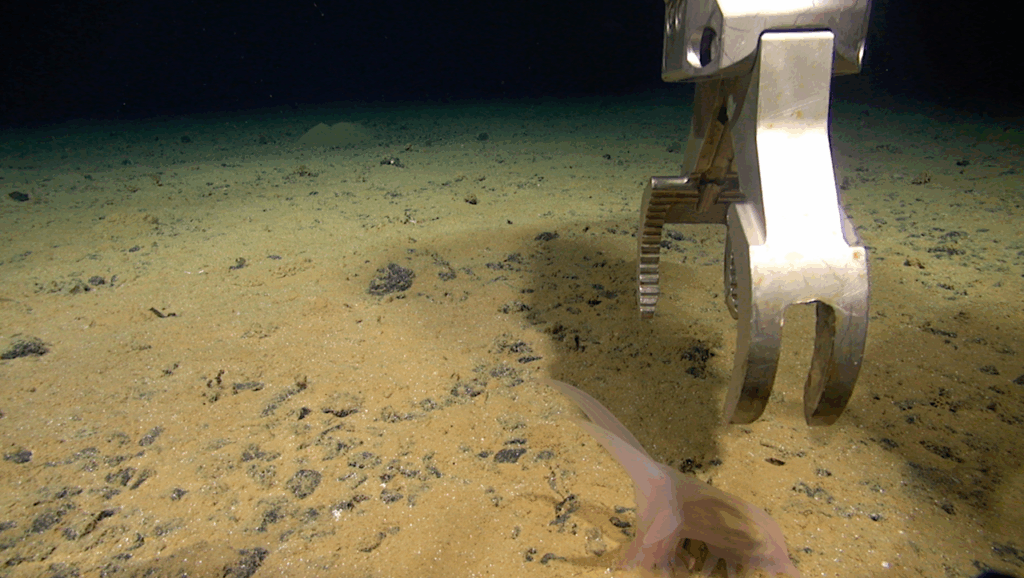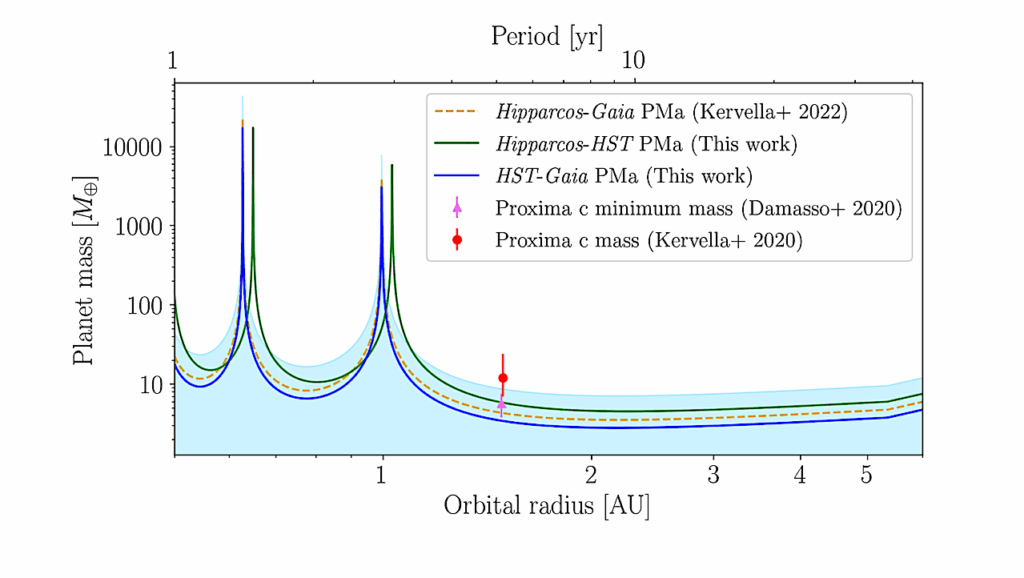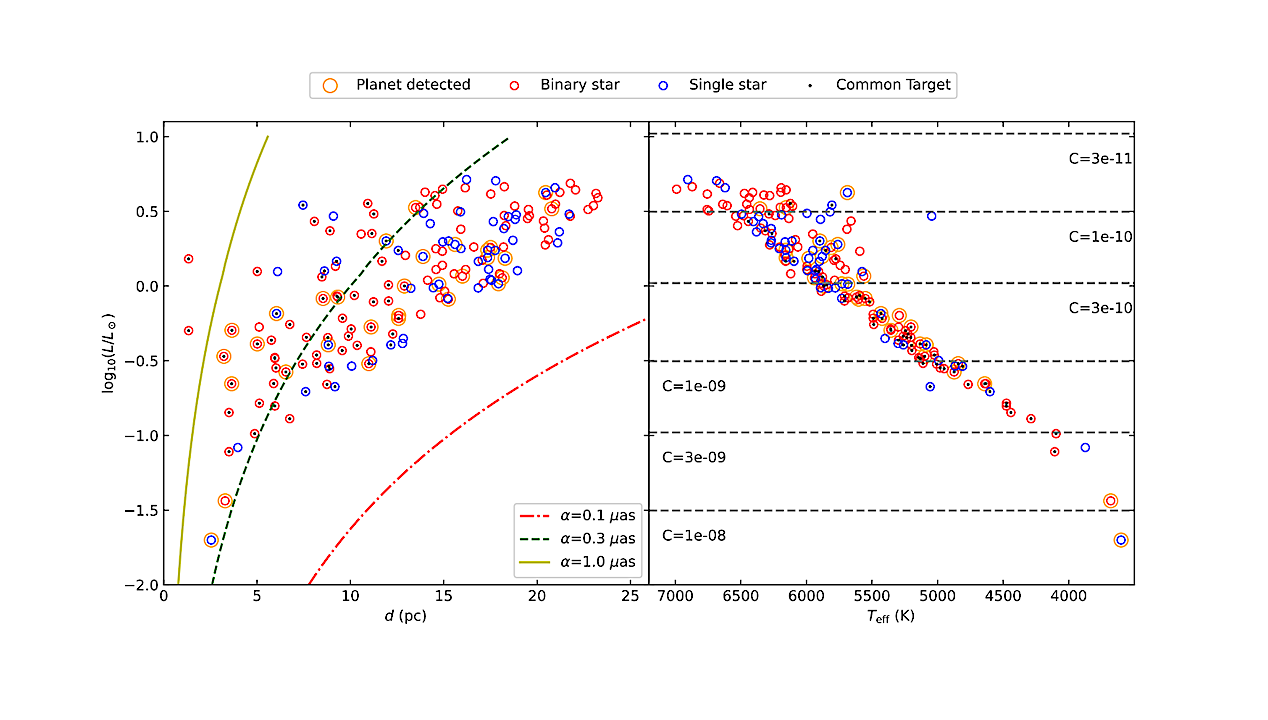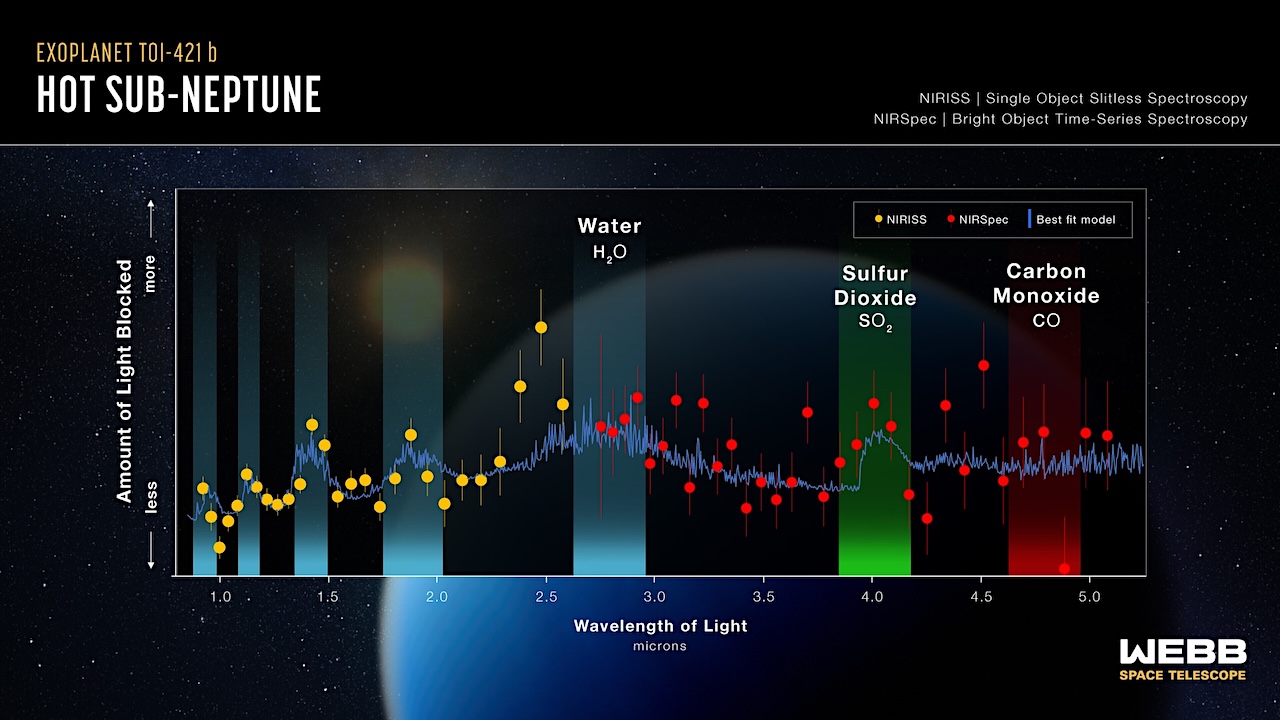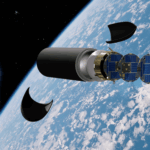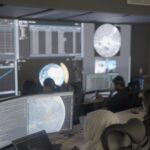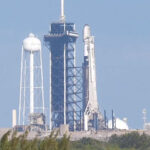Now Reading: Noble Gas Depletion On Titan: Clathrate Sequestration During The Open Ocean Phase
-
01
Noble Gas Depletion On Titan: Clathrate Sequestration During The Open Ocean Phase
Noble Gas Depletion On Titan: Clathrate Sequestration During The Open Ocean Phase
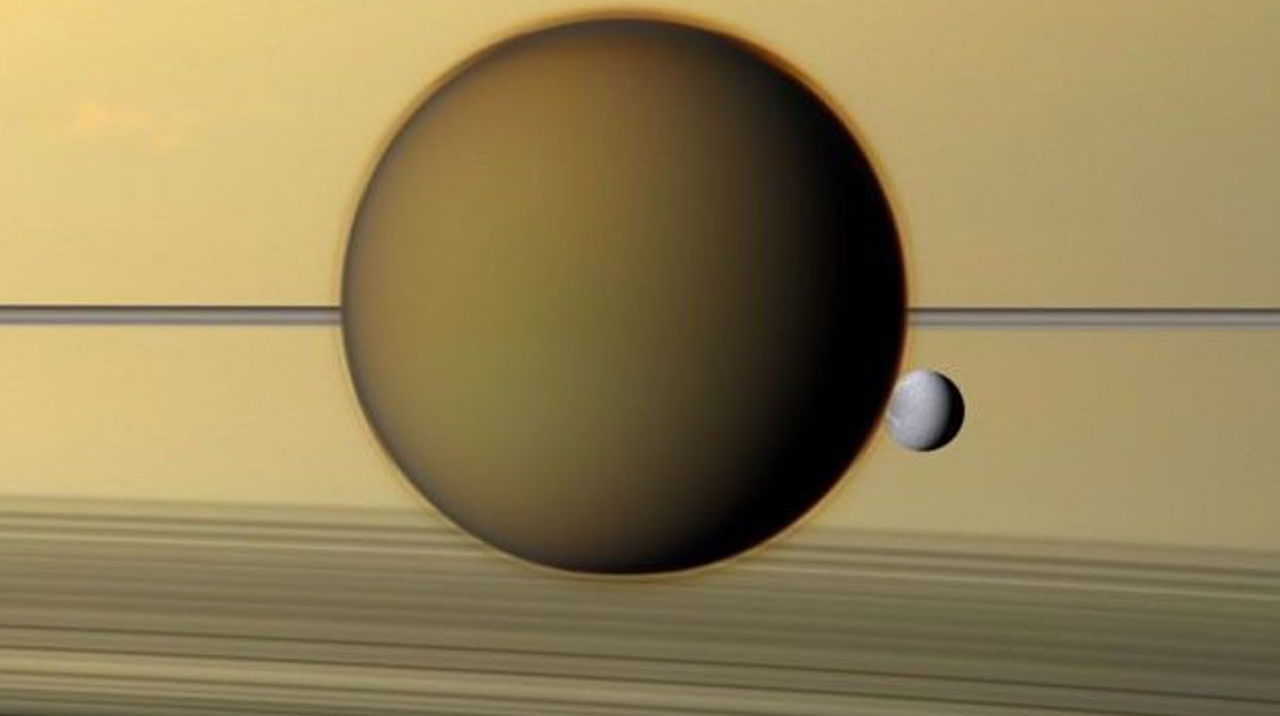

Titan’s dense atmosphere shrouds the moon beneath a tan haze in this image. Dione, another one of Saturn’s many moons, can be seen through the Titan haze in this view of the two posing before the planet and its rings. Saturn’s rings, viewed nearly edge-on, appear as a horizontal line. They cast shadows on the planet, which can be seen as numerous lines towards the bottom of the image. NASA/JPL-Caltech/Space Science Institute
A plausible explanation for the absence of primordial argon, krypton, and xenon in Titan’s current atmosphere is that these gases were sequestered in clathrate hydrates during Titan’s “open-ocean” phase.
We examine how clathrate hydrate formation at Titan’s ocean surface in its early history may have contributed to noble gas depletion in the primordial atmosphere. Starting with vapor-liquid equilibrium modeling between water and volatiles, we used a statistical thermodynamic model to determine the clathrate hydrate crust thickness needed to deplete the primordial atmosphere of noble gases.
Our computations suggest that if Titan’s volatile budget was delivered by icy planetesimals with a comet-like composition, its primordial atmosphere should be rich in CO2 and CH4, with NH3 largely retained in water as ions.
We show that at 273.15 K, a clathrate crust tens of kilometers thick would deplete the primordial atmosphere of xenon and krypton. The lack of primordial argon in Titan’s atmosphere may result from the partial de-volatilization of its accreted materials.

Evolution of the composition of Titan’s primordial atmosphere and ocean at equilibrium, as a function of surface temperature. — astro-ph.EP
Alizée Amsler Moulanier, Olivier Mousis, Alexis Bouquet, Ngan H.D. Trinh
Comments: Accepted for publication in A&A. 5 pages, 4 figures
Subjects: Earth and Planetary Astrophysics (astro-ph.EP)
Cite as: arXiv:2505.02701 [astro-ph.EP] (or arXiv:2505.02701v1 [astro-ph.EP] for this version)
https://doi.org/10.48550/arXiv.2505.02701
Focus to learn more
Submission history
From: Alizée Amsler Moulanier
[v1] Mon, 5 May 2025 14:55:03 UTC (226 KB)
https://arxiv.org/abs/2505.02701
Astrobiology,
Stay Informed With the Latest & Most Important News
-
 012024 in Review: Highlights from NASA in Silicon Valley
012024 in Review: Highlights from NASA in Silicon Valley -
 02Panasonic Leica Summilux DG 15mm f/1.7 ASPH review
02Panasonic Leica Summilux DG 15mm f/1.7 ASPH review -
 03From Polymerization-Enabled Folding and Assembly to Chemical Evolution: Key Processes for Emergence of Functional Polymers in the Origin of Life
03From Polymerization-Enabled Folding and Assembly to Chemical Evolution: Key Processes for Emergence of Functional Polymers in the Origin of Life -
 04How New NASA, India Earth Satellite NISAR Will See Earth
04How New NASA, India Earth Satellite NISAR Will See Earth -
 05And Thus Begins A New Year For Life On Earth
05And Thus Begins A New Year For Life On Earth -
 06Astronomy Activation Ambassadors: A New Era
06Astronomy Activation Ambassadors: A New Era -
07SpaceX launch surge helps set new global launch record in 2024













